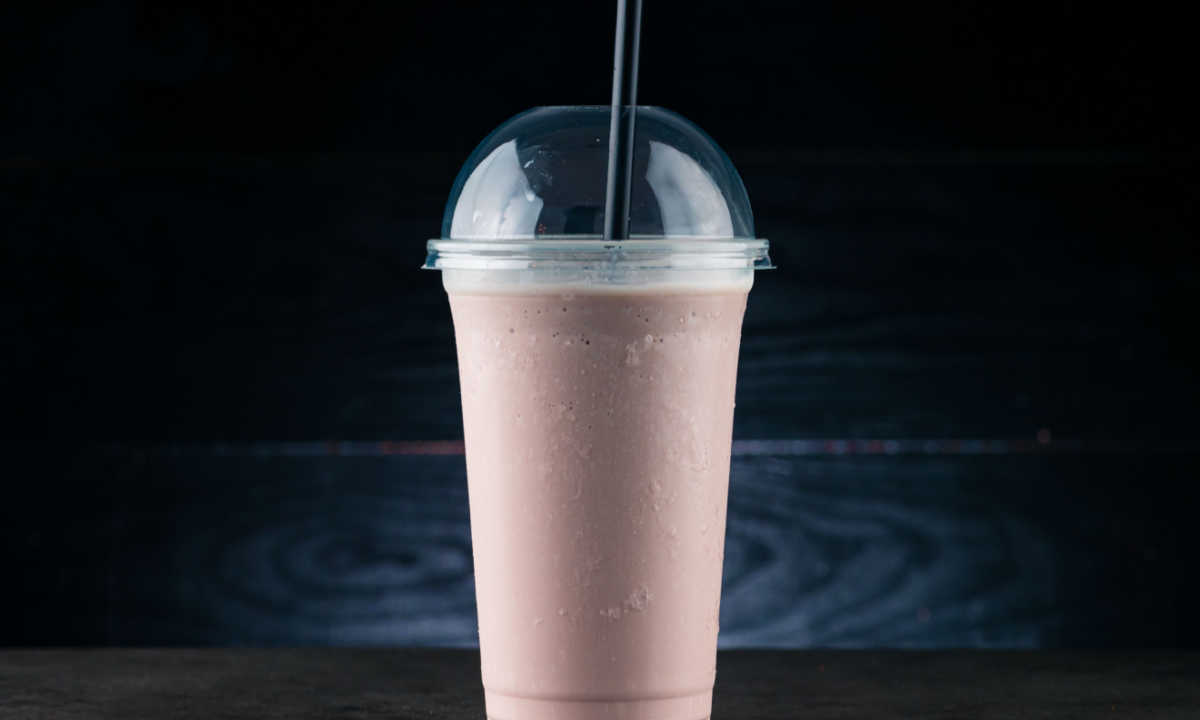
As restaurants continue to struggle with inflation challenges, different brands are finding their own ways to handle these pressures. While some are jacking up their prices, for instance, others are swapping out menu items to feature lower-priced foods.
Encinal Brands, for one, a group of Mexican quick-service restaurants (QSRs) with a few dozen locations under the brands Blue Burro, Tacomasa and The Buffalo Spot, is leveraging streamlined menus with fewer ingredients to weather the challenges that come with rapidly fluctuating food costs.
“One of the biggest things that we’re doing is keeping our menus very simple,” Ivan Flores, the company’s CEO and founder, told PYMNTS in an interview. “We do end up crossing using our menu items for different recipes. That definitely helps significantly when it comes to obviously waste, et cetera, and it just creates better food cost when you don’t have as much waste.”
The Consumer Price Index for All Urban Consumers (CPI-U), reported by the U.S. Bureau of Labor Statistics (BLS) Wednesday (July 13) revealed that food at home (i.e., grocery) prices rose 12.2% year over year in June, while food away from home (i.e., restaurant) prices rose 7.7%. This disparity suggests that restaurants are being called upon to absorb more of this inflationary pressure than their grocery counterparts, making it all the more pressing for restaurants to take a thoughtful, data-informed approach to the challenges at hand.
Shake It Up
While these restaurants are not revising their core menus to highlight foods that are less expensive at any given time, they are leveraging limited time offers (LTOs) to focus on these ingredients.
“An example for our Buffalo Spot brand: we rolled out a line of shakes,” Flores said. “That’s definitely a significantly better product for our food cost margins.”
In fact, Buffalo Spot is not the only restaurant brand leveraging the margin-friendliness of milkshakes to bring in sales in the face of these inflationary headwinds. For instance, last week, fast-casual brand Shake Shack announced a buy one, get one (BOGO) deal on milkshakes ordered for pickup during off-peak afternoon hours, which has the added benefits of driving digital sales, directing consumers to pick-up channels rather than delivery (which saves on driver labor cost) and boosting sales at times of day when the restaurant has labor to spare.
Similarly, sweet shop giant Krispy Kreme announced in late June the launch of soft-serve ice cream and milkshakes for the first time in 10 U.S. market, including seven varieties of shake.
Read more: Krispy Kreme Launches Ice Cream, Targets Diners’ Cross-Category Spending
The Follow-Through
One change that the company has made that has gone a surprisingly long way for the restaurant company is just following up with vendors.
“We have our team almost triple-checking when the orders do come in,” Flores said. “Vendors tend to make a lot of mistakes and not drop off certain items, or [there’s] spoilage. So that was actually one of our biggest learning experiences — holding our suppliers accountable.”
Additionally, he noted that another strategy that has been helpful has been leveraging the brands’ digital inventory system to do daily inventory on five to 10 “key menu items,” which has been helping “a lot” in terms of managing food costs.
Research from the latest edition of PYMNTS’ Restaurant Readiness Index, created in collaboration with Software-as-a-Service (SaaS) customer experience management (CXM) solutions provider Paytronix, which draws from a survey of more than 500 managers of quick-service restaurants (QSRs) and full-service restaurants (FSRs) across the country, finds that 17% of restaurants have their inventory management processes mostly or fully automated.
Related: More Than Half of Restaurants Depend on Digital Sales, Despite Uptick in On-Premises Orders
The New QSR Customer
While there is some fear that restaurants will lose their customers to grocers, since home-cooked options tend to be more affordable, many restaurants are seeing instead just a shift in their customer base — while they lose customers to lower-priced options, they gain customers who may have previously opted for brands that were the next price tier up.
As Paytronix CEO Andrew Robbins explained to PYMNTS’ Karen Webster in an interview at the start of the month, the person who usually buys a $12 lunch might start going somewhere that offers a $9 lunch, and then may add a quick-service restaurant (QSR) or a place that offers a coupon for a $6 lunch.
“If you’re in the low- to mid-end of restaurant expense, you’re going to see some trade down where higher-end people are going to come to you, but you’re going to lose some to grocery,” Robbins said. “So, you’re going to be fine, net-net, but you’ll see some shifting of people in the trade-down process.”
Flores notes that the company’s brands have seen a similar sort of shift.
“We actually saw during the pandemic and during this whole period that our sales actually went up,” he said. “I think some of our customer base shifted from fine dining … I would think, instead of spending $60, $70 on a steak, you’re going to [choose] a QSR restaurant [in this inflationary environment].”